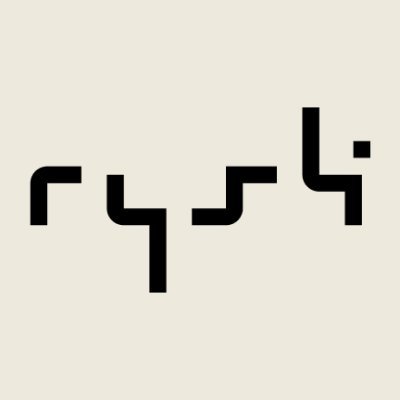
Rysk
Rysk provides products that will produce uncorrelated, competitive returns in all market conditions, unlike most token-emission-based yield farms. It does this via the DHV, a pioneering hybrid RFQ and AMM for options, enabling both buying and selling on a multitide of products.
PoC Required
Rewards
Rewards by Threat Level
Mainnet assets:
Reward amount is 10% of the funds directly affected up to a maximum of:
$120,000Minimum reward to discourage security researchers from withholding a bug report:
$60,000Rewards are distributed according to the impact of the vulnerability based on the Immunefi Vulnerability Severity Classification System V2.2. This is a simplified 5-level scale, with separate scales for websites/apps, smart contracts, and blockchains/DLTs, focusing on the impact of the vulnerability reported.
All bug reports must come with a PoC with an end-effect impacting an asset-in-scope in order to be considered for a reward. Explanations and statements are not accepted as PoC and code is required.
Rewards for critical smart contract vulnerabilities are further capped at 10% of economic damage, with the main consideration being the funds affected in addition to PR and brand considerations, at the discretion of the team. However, there is a minimum reward of USD 60 000 and a maximum reward of USD 120 000.
Known issues previously highlighted in the following audit reports are considered out of scope:
- Dedaub - June 2022
- AkiraTech - August 2022
- Dedaub - November 2022
- Trust - December 2022
- Dedaub - January 2023
- Trust - February 2023
- Trust - July 2023
Payouts are handled by the Rysk team directly and are denominated in USD. However, payouts are done in USDC.
Program Overview
Rysk provides products that will produce uncorrelated, competitive returns in all market conditions, unlike most token-emission-based yield farms. It does this via the DHV, a pioneering hybrid RFQ and AMM for options, enabling both buying and selling on a multitide of products.
For more information about Rysk, please visit https://www.rysk.finance/.
KYC not required
No KYC information is required for payout processing.
Proof of Concept
Proof of concept is always required for all severities.
Prohibited Activities
- Any testing on mainnet or public testnet deployed code; all testing should be done on local-forks of either public testnet or mainnet
- Any testing with pricing oracles or third-party smart contracts
- Attempting phishing or other social engineering attacks against our employees and/or customers
- Any testing with third-party systems and applications (e.g. browser extensions) as well as websites (e.g. SSO providers, advertising networks)
- Any denial of service attacks that are executed against project assets
- Automated testing of services that generates significant amounts of traffic
- Public disclosure of an unpatched vulnerability in an embargoed bounty
- Any other actions prohibited by the Immunefi Rules
Feasibility Limitations
The project may be receiving reports that are valid (the bug and attack vector are real) and cite assets and impacts that are in scope, but there may be obstacles or barriers to executing the attack in the real world. In other words, there is a question about how feasible the attack really is. Conversely, there may also be mitigation measures that projects can take to prevent the impact of the bug, which are not feasible or would require unconventional action and hence, should not be used as reasons for downgrading a bug's severity.
Therefore, Immunefi has developed a set of feasibility limitation standards which by default states what security researchers, as well as projects, can or cannot cite when reviewing a bug report.

